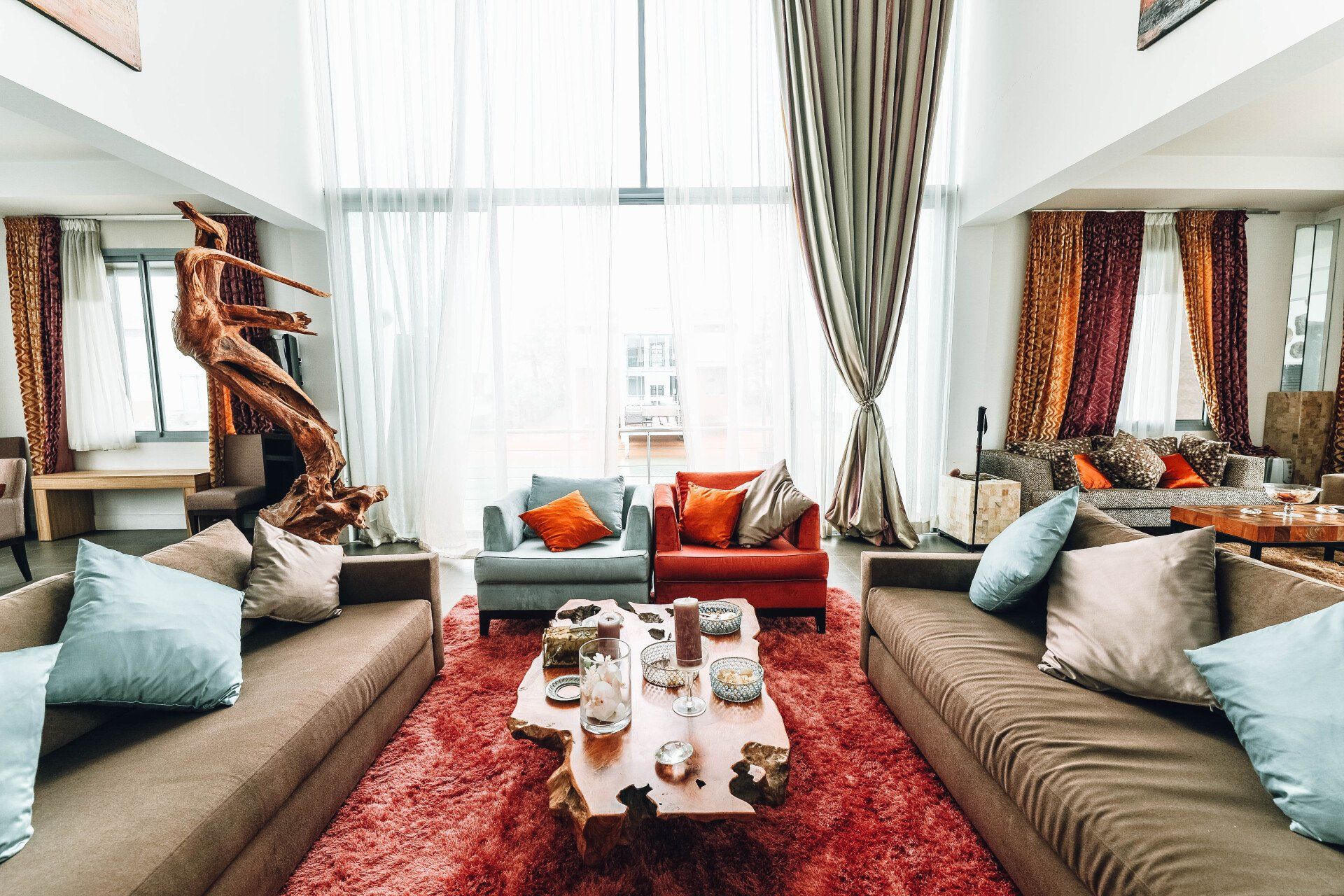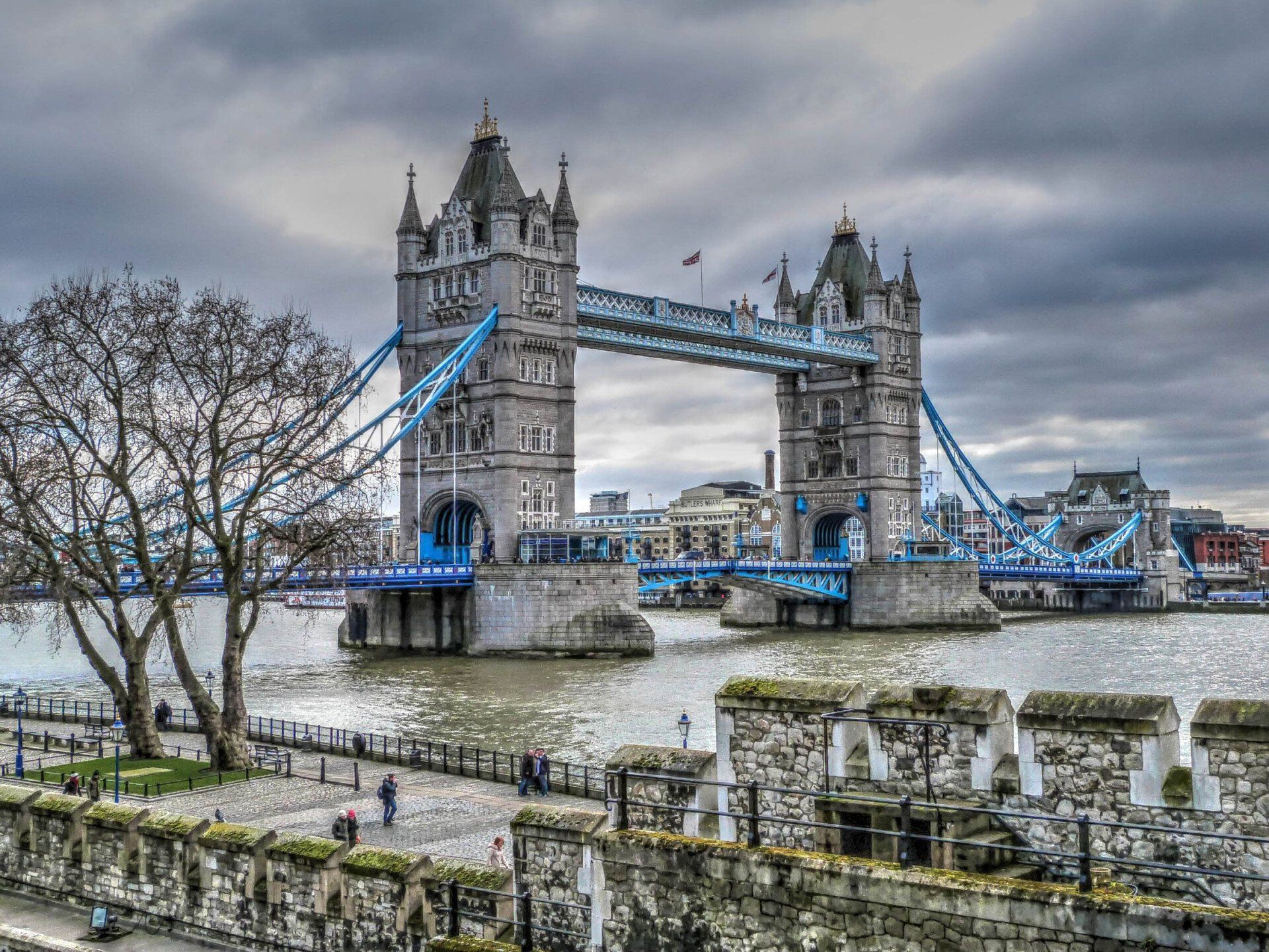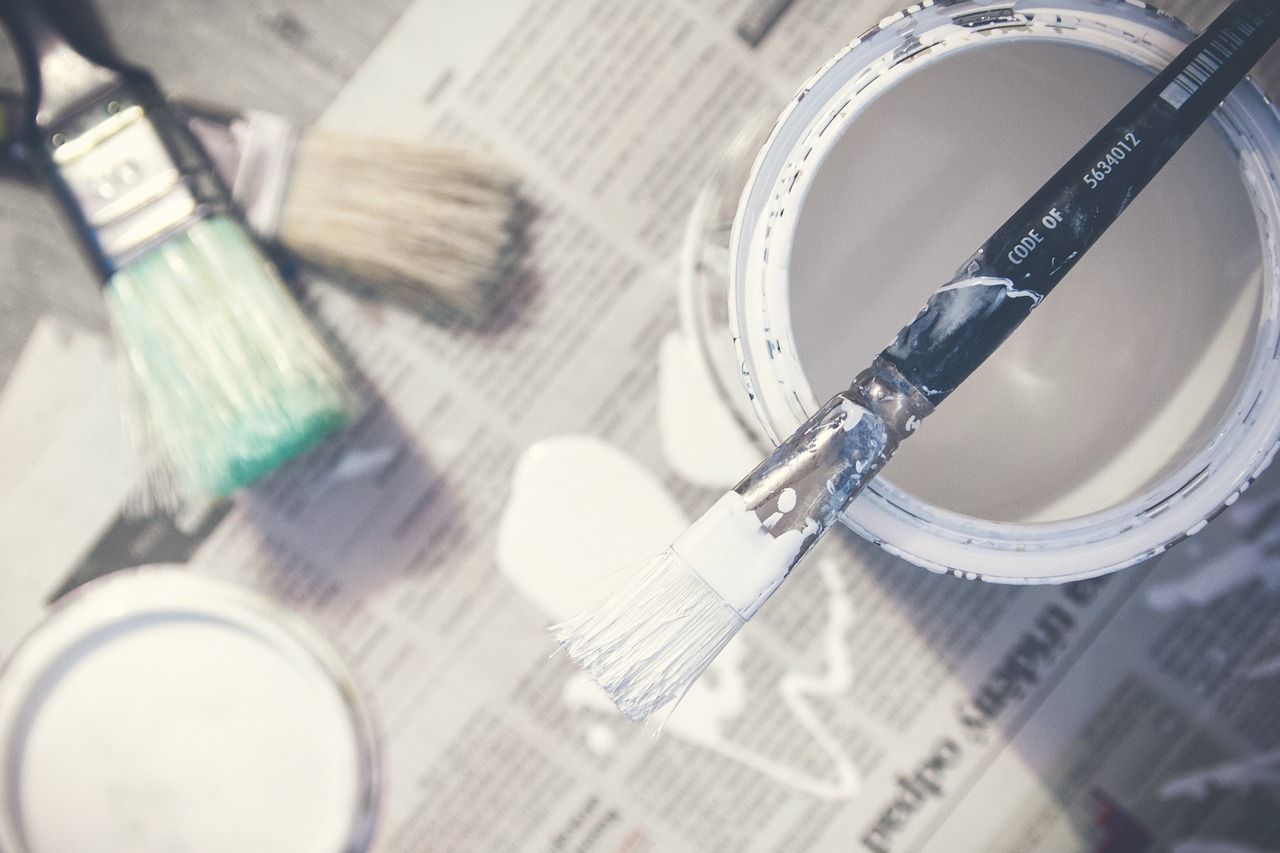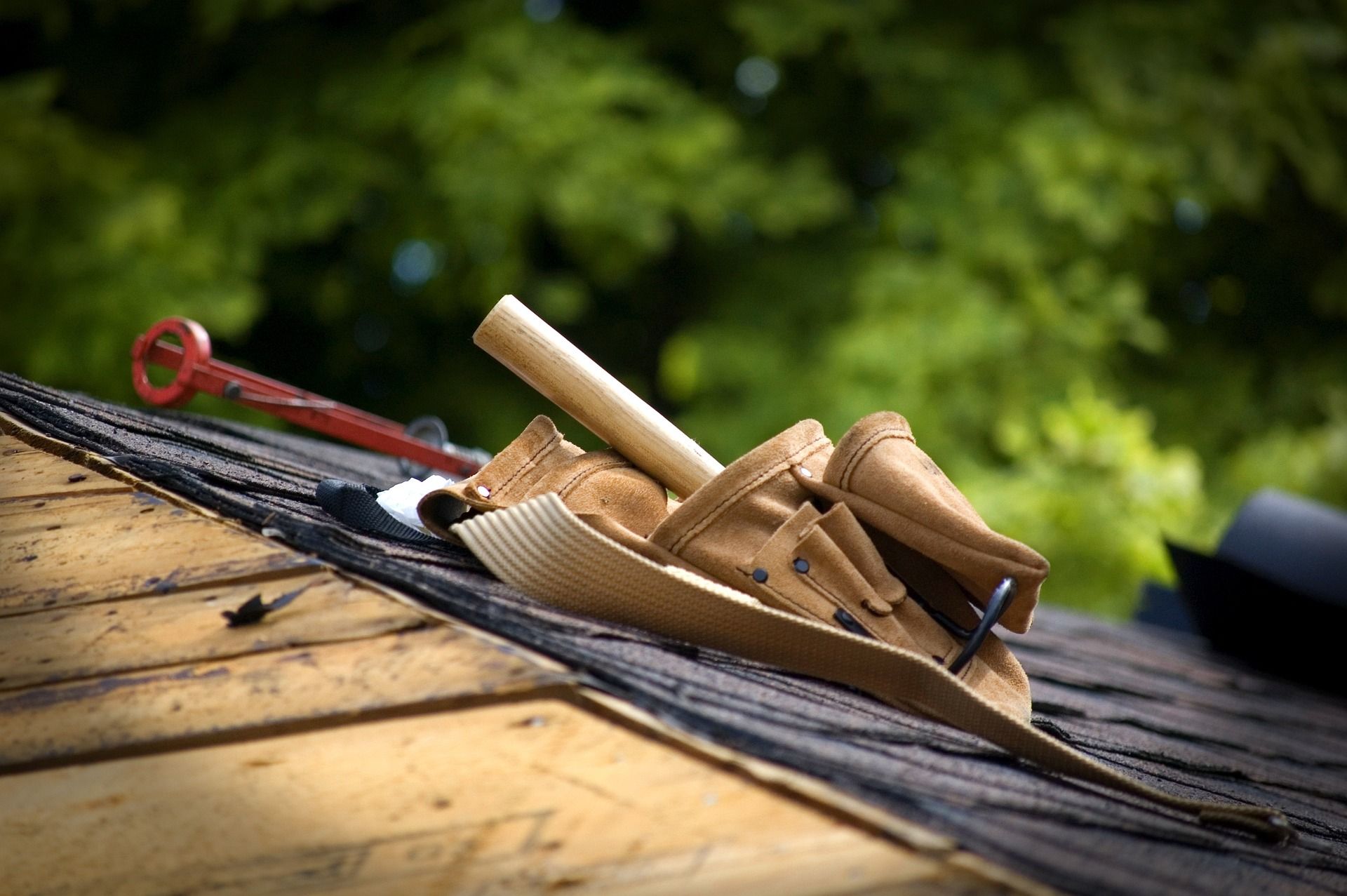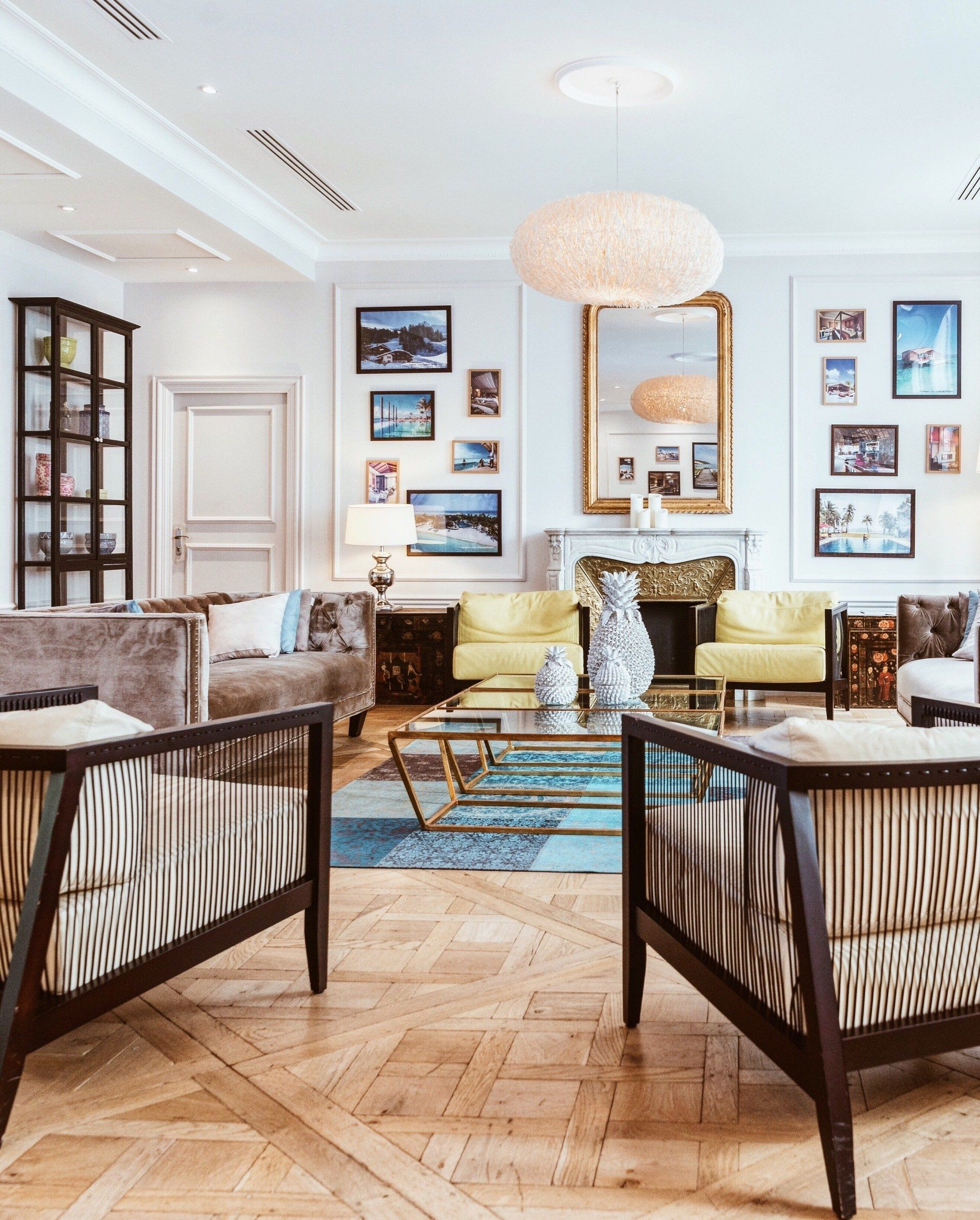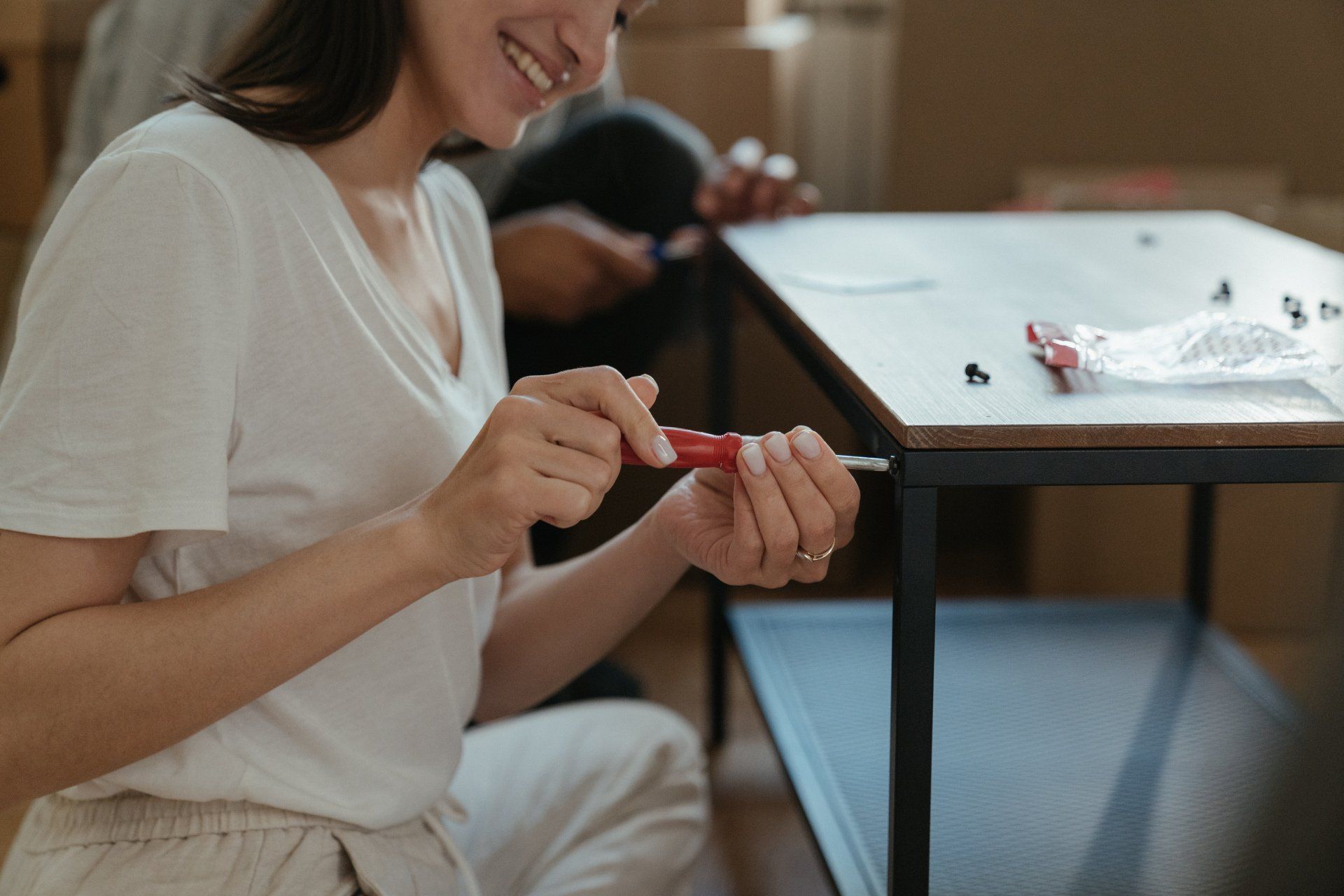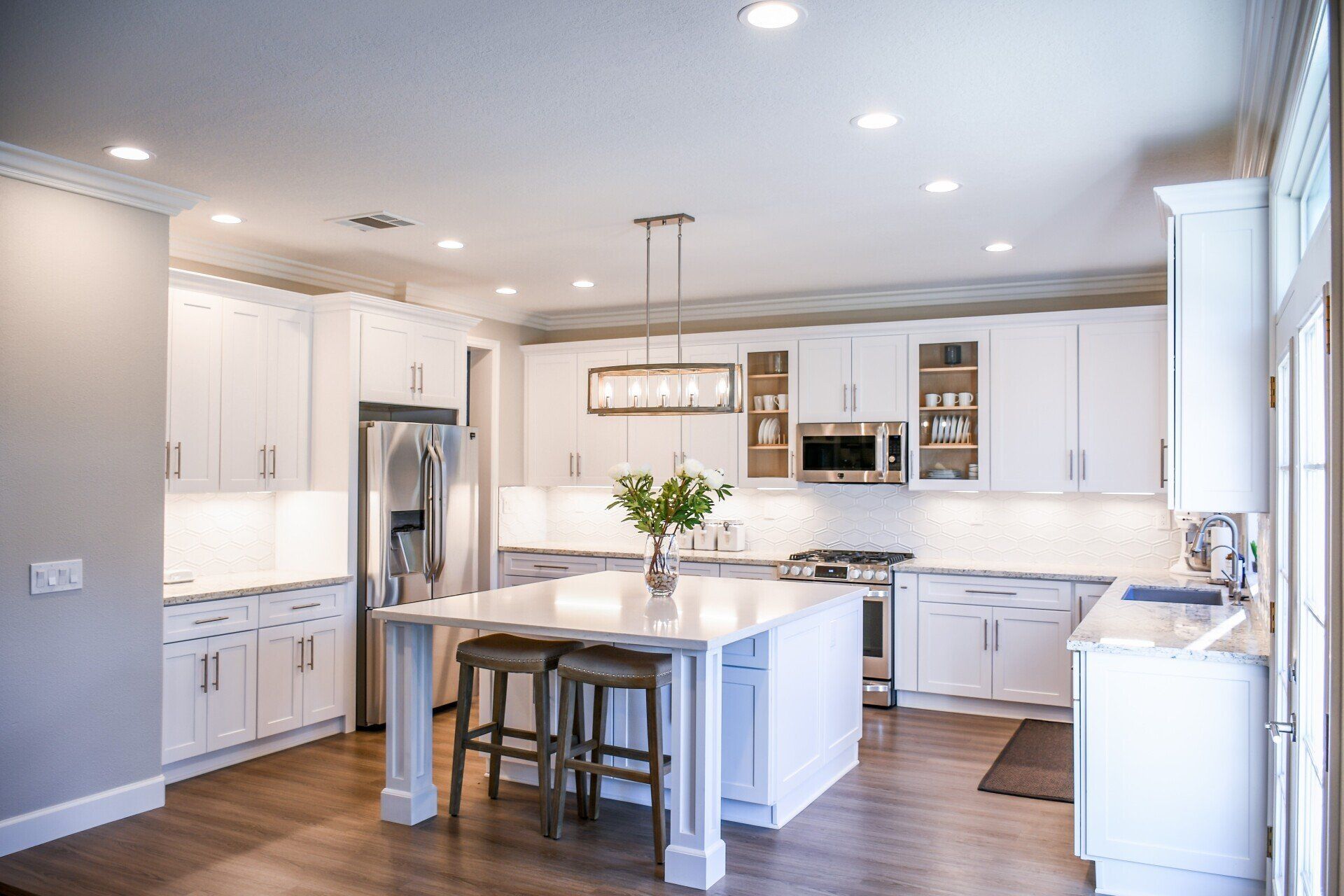What's Painters and Decorators Do? An Overview of Their Main Duties
Painting and decorating is a hands-on trade that requires specific skills and knowledge to perform well. From preparing surfaces to executing finishes, painters enhance, protect, and transform the look of diverse indoor and outdoor spaces. Their work combines technical expertise with creativity and problem-solving abilities. For those interested in becoming a professional painter and decorator, fully understanding what the job involves is important for deciding if it is the right career path. This article will provide an overview of key aspects of working as a painter and decorator. It will examine the typical duties, work environments, required competencies, advantages and disadvantages of the role, specialty areas, and how to gain entry into the field through training and apprenticeships. Whether an aspiring tradesperson or simply curious, readers will learn about the work, abilities, and training needed to succeed as a painter and decorator.

What is a painter and decorator?
A painter and decorator is a skilled tradesperson who applies paint, wallpaper, and other finishes to build surfaces. Their core role is to protect and enhance interior and exterior surfaces in residential, commercial, and industrial settings. Painters work with various materials, including paints, varnishes, wall coverings, stains, and sealers. They prepare surfaces by cleaning, filling holes, masking areas, applying primer, and removing old finishes. Painters use techniques like brushing, rolling, spraying, sponging, stippling, ragging, and texturing finishes and special effects. They match colors and textures, identify and fix flaws, and follow blueprints, plans, and color schemes. Painters must have knowledge of surface materials, paint chemistry, coloring mixing, application methods, safe handling of materials and tools, and safety practices. They work on walls, ceilings, doors, windows, trims, exterior siding, fences, infrastructure, and other surfaces. Painters may specialize in particular finishes, settings, or work types. Most work full-time, with some self-employed contractors. It is an active job requiring physical stamina, agility, problem-solving, and expertise gained through apprenticeships and training.
What does a typical day look like for a painter and decorator?
A typical day for a painter and decorator involves planning, preparing, applying, and cleaning up paints and other finishes. The scope and stage of projects determine their schedule. At a job site, painters start by reviewing plans, inspecting surfaces, masking areas, setting up equipment, and preparing paints and materials. Prepping surfaces involves cleaning, caulking, putting, sanding, and applying primers or sealers. Once ready, they use brushes, rollers, or sprayers to apply base coats and finishing coats of paints, stains, varnishes, wall coverings, or other finishes. Painters must follow proper techniques to ensure even coverage and avoid drips and errors. They continue applying coats until the desired look is achieved. Painters also do touch-ups, blend segments, and troubleshoot any flaws in the finishes. Time is spent cleaning brushes and rollers, storing materials properly, and preparing for the next day's work. Safety protocols, including ladder use, ventilation, and protective gear, must be followed.
What are the main duties and responsibilities of a painter and decorator?
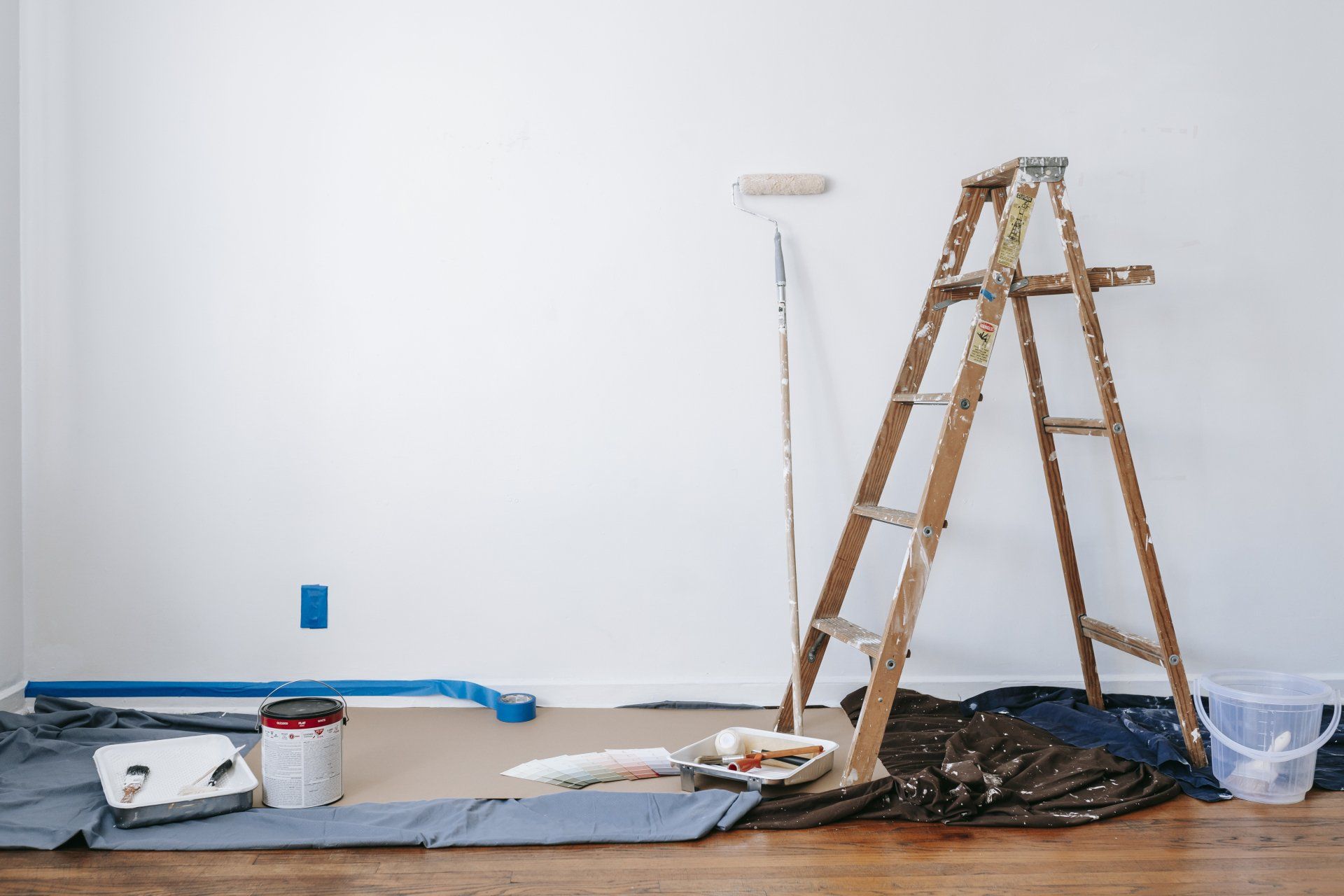
A painter and decorator's core duties and responsibilities focus on preparing and applying decorative and protective finishes in residential, commercial, and industrial settings. Key tasks include:
- Consulting with clients and reading plans to determine project scope, surface types, colors, finishes, and sequencing.
- Masking and preparing surfaces by cleaning, filling holes, removing old finishes, applying primers, caulking, and sanding.
- Identifying needed tools, equipment, and materials and safely preparing paints, stains, etc.
- Applying undercoats, finish coats, and touch-ups using proper brushing, rolling, spraying, texturing, or other techniques.
- Ensuring adequate coverage, sheen, color matching, and conformity to plans.
- Blending sections, retouching flaws, and performing detailed or decorative paintwork.
- Advising clients on colors, finishes, effects, and maintenance.
- Staying current on products, techniques, regulations, and safety practices.
- Cleaning up and properly storing paints, tools, and equipment after use.
- Managing project materials and assisting with estimates if self-employed.
Attention to detail, skill, safety practices, time management, and customer service skills are required to be an effective painter and handle the job's physical demands.
What are the different types of painting and decorating jobs a painter and decorator may work on?
Painters and decorators work on a wide variety of projects and settings. Some of the main painting and decorating jobs include:
Residential Painting - Painting interior and exterior surfaces of homes and apartments. This may involve prep work, applying primers, finish coats, trims, and decorative techniques on walls, ceilings, doors, cabinets, decks, fences, and more. Color matching and sheens are important.
Commercial Painting - Painting offices, retail, hospitals, schools, and other commercial buildings and structures. Projects range from full repaints to custom accent walls and graphics. Painters must work efficiently and safely at height.
Industrial Painting - Painting infrastructure like factories, plants, tanks, bridges, oil rigs, pipelines, and vehicles. Projects require special coatings to withstand weather, wear, and corrosion. Strict safety rules apply.
Specialty Finishes - Creating unique faux, texture, trompe l'oeil, murals, or other decorative effects. An artistic eye and specialized techniques are required. Jobs may be residential or commercial.
Historic Restoration - Working on preserving and restoring historic sites, landmarks, and heritage buildings. Painters must expertly recreate historic colors, finishes, and gilding to standards.
New Construction - Painting new homes, apartments, offices, schools, etc., During the building phase. Working with developers and builders to follow color plans and schemes through all stages.
Maintenance Painting - Touch-up, repairs, and new coats on existing surfaces in homes, buildings, factories, and infrastructure. Keeping assets protected and aesthetically pleasing over time.
The range of surfaces, settings, and assignments provides steady work opportunities, but being well-versed in diverse types of painting and decorating work is important for career success.
What skills and knowledge are required to work as a painter and decorator?
Working as a painter and decorator requires combining technical skills and knowledge. Key abilities needed include:
Manual Dexterity - Hand-eye coordination and steadiness to use brushes, rollers, and sprayers and handle materials smoothly and accurately. Able to cut straight lines and apply even coats.
Physical Stamina - Strength and stamina to stand, kneel, climb ladders and scaffolding, and work overhead for prolonged periods. Handle heavy materials and equipment. Good vision and sense of smell.
Technical Skills - Knowledge of preparation methods, paint chemistry, application techniques, color mixing and matching, operating sprayers, and other tools.
Problem-Solving - Assess surfaces and flaws. Troubleshoot issues with finishes or equipment. Touch up and adjust as needed. Handle imperfect conditions.
Planning & Organization - Follow plans and color schemes precisely. Calculate paint needs and sequences. Manage time and materials efficiently, especially when self-employed.
Creativity - Visualize effects and suggest colors and finishes to clients. Execute unique faux, texture, graphic, or artistic effects.
Customer Service - Consult with clients and contractors. Advise, explain processes, and set expectations. Maintain positive working relationships.
Safety Conscious - To minimize risks, follow safety procedures for ladders, ventilation, lifts, gear, and handling hazardous materials.
Both formal training and on-the-job experience build these core competencies over time. Taking required safety certifications is also critical for professional success.
What does working as a painter and decorator involve?
Working as a painter and decorator is an active, hands-on trade that offers variety, creativity, and job site challenges. Key aspects of the role include:
- Most painters work full-time and may have irregular hours based on job schedules. Overtime is common to meet deadlines.
- Work is done on ladders, scaffolding, and lifts. Safety gear like harnesses, goggles, and respirators must be worn. Proper lifting and climbing techniques prevent injury.
- Time is spent preparing and protecting surfaces, mixing and applying finishes, and cleaning up. Planning and precision are important.
- Painters read plans, calculate needs, sequence steps, and follow color schemes specified by clients and designers.
- Physical stamina is required to stand and paint for long periods and repeatedly move and climb. Proper conditioning prevents fatigue.
- Work is done indoors and outdoors year-round. Painters must adapt to all weather conditions, including heat, cold, rain, and wind.
- Most work autonomously or in small teams. Communication skills allow collaboration with contractors and clients.
- Creativity and problem-solving are used to achieve desired finishes, effects, touch-ups, and color consistency.
- Developing expertise with tools and materials takes training and experience. Painters have honed techniques over the years.
- There is satisfaction in enhancing surfaces by transforming colors, textures, and ambiance of environments.
- Commercial and residential settings provide variety. Specialty skills open niches like faux finishing or historic restoration.
The right attitude, abilities, and commitment to the trade are essential to succeeding as
a professional painter and decorator.
What tools and equipment do painters and decorators use on the job?
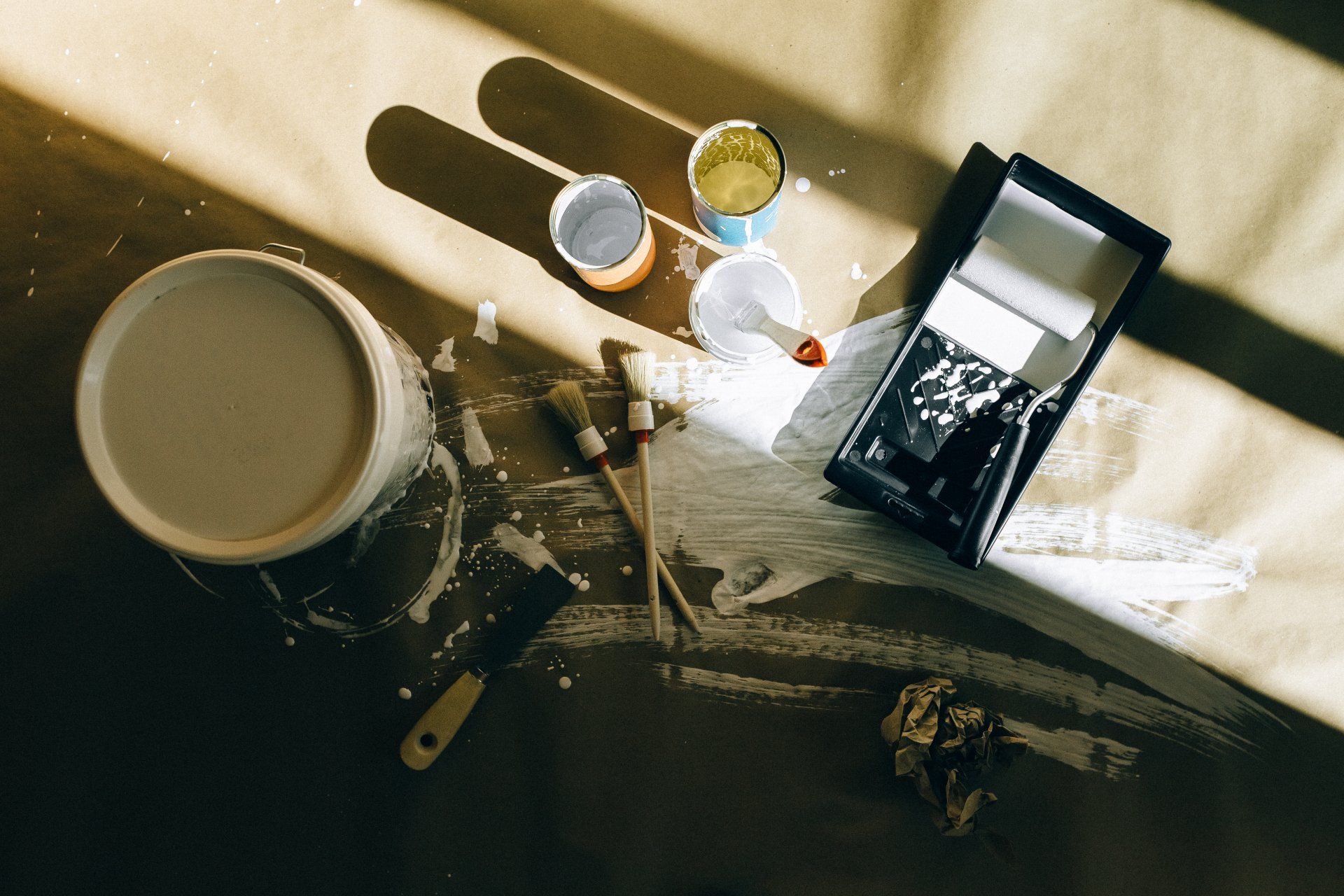
Painters and decorators rely on various tools and equipment to work properly and efficiently. The most essential tools are paint brushes, which come in different sizes and are made from natural bristles or synthetic materials. Roller kits containing paint rollers and trays are vital for painting large, flat surfaces. Paint sprayers, such as airless spray guns, cover big areas rapidly. Scrapers help prepare surfaces by removing old paint or wallpaper. Sanders smooths down imperfections before painting. Ladders and scaffolding provide access to high areas. Protective gear like masks, goggles, and coveralls ensure safety when working with chemicals. Other important equipment includes paint kettles for mixing paint, drop cloths for protecting floors and furniture, taping tools for creating clean lines, and caulking guns for sealing joints and gaps. A fully-stocked toolbox allows painters and decorators to carry out every stage of their job efficiently.
What does the work environment look like for a painter and decorator?
Painters and decorators work in various environments, both inside and outside. When painting the exteriors of homes and buildings, they could work high up on scaffolding, moving along suspended platforms or leaning over edges. Outdoor work means dealing with changing weather conditions like sun, wind, and rain. They may be in cramped spaces, crouching or bending to reach walls and ceilings. Fumes from chemicals and dust from sanding must be managed in indoor environments. When renovating buildings, they must protect furniture and floors from drips and spills. New construction provides more controlled settings with minimal furnishings. While some work alone, large jobs can involve coordinating with other tradespeople. Regardless of the work site, they must follow safety protocols by wearing protective gear and setting up barriers around workplace hazards. Proper ventilation, lighting, and organization of tools are also vital for an efficient, secure workspace.
What are the advantages and disadvantages of working as a painter and decorator?
There are both benefits and downsides to pursuing painting and decorating as a career. A major plus is the opportunity to express creativity through color, textures, and finishing techniques. The work also allows flexibility, as many are self-employed and can choose their hours and projects. As they gain experience, painters and decorators can also earn excellent wages. The job provides the satisfaction of seeing a well-executed paint or wallpaper job transform a space. However, there are physical demands from activities like standing, bending, climbing, and lifting equipment. Work sites can be uncomfortable in extreme temperatures. Tight deadlines and demanding customers may cause stress. Financial uncertainty and irregular work schedules are a reality for the self-employed. Beginning painters need help with low earnings potential. With additional training or education, there is more room for advancement to higher positions. Weighing the pros and cons allows individuals to determine if the painting and decorating field suits their career needs and lifestyle.
How can you get started and trained as a painter and decorator?
The first step for those interested in becoming a professional painter and decorator is gaining relevant skills and work experience. Hands-on training through an apprenticeship program allows aspirants to learn on the job from experienced tradespeople. Many employers and unions offer apprenticeships combined with technical college courses. Other options include pre-apprenticeship training followed by an apprenticeship, vocational schools, or private trade schools. These programs teach techniques like surface preparation, applying paint and wall coverings, using tools properly, and following safety procedures. Once training is complete, newly skilled workers can seek employment with construction companies, painting contractors, or maintenance teams. People with an entrepreneurial drive can start their own contracting business. Ongoing learning about materials, tools, and best practices helps painters and decorators hone their craft throughout their careers. Hands-on training paired with business knowledge is the best path for those seeking to launch a successful and rewarding career in the painting and decorating field.
Conclusion
In summary, working as a professional painter and decorator offers variety, creativity, and satisfaction from enhancing spaces through color, textures, and finishes. However, it also requires physical stamina, safety awareness, expertise with tools and materials, and planning and troubleshooting skills. Hands-on training through apprenticeships or vocational programs provides essential preparation for the job's demands. Ongoing learning and business knowledge can lead to self-employment. Weighing all aspects allows individuals to determine if a career as a painter and decorator suits their interests and abilities. This overview covers key insights into the work, environment, pros and cons, and training pathways for those interested in pursuing this active, skilled trade.
West London's best Handyman services
Reliable all round services including
Curtains Fitting And Installation
useful links

We are helping to save the rainforest,
one acre at a time
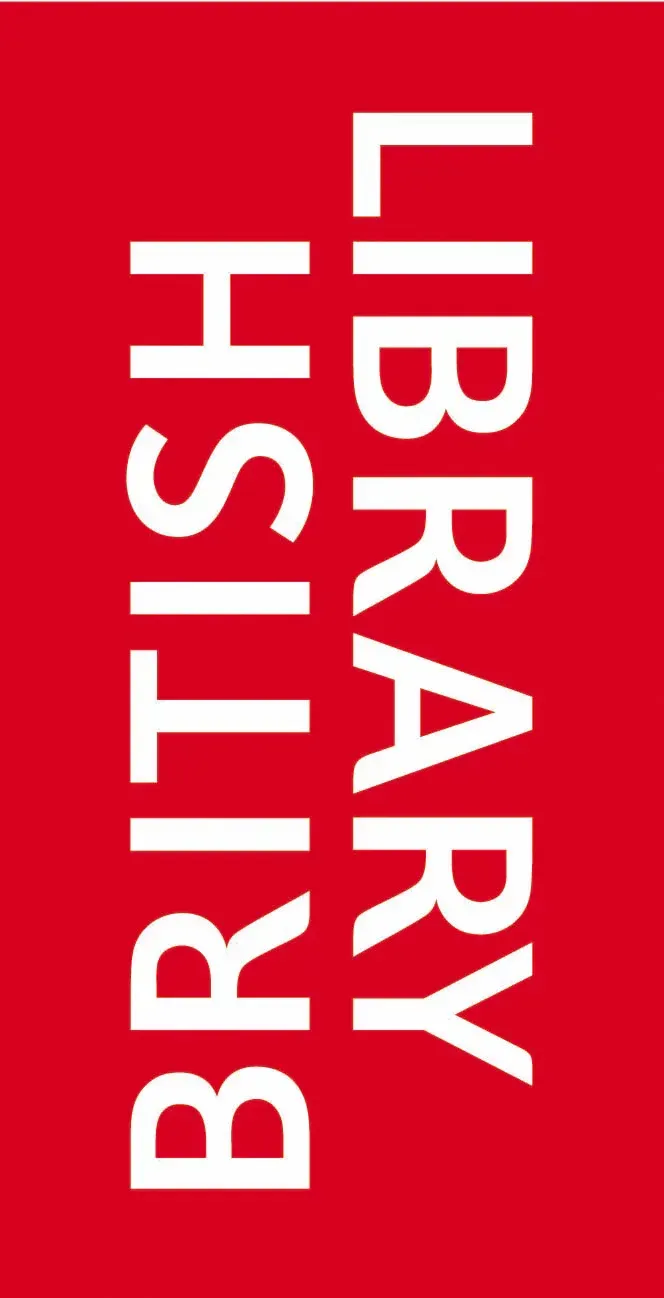
Mentoring businesses with the British Library

Helping create an ethical world

Insured by Simply Business


